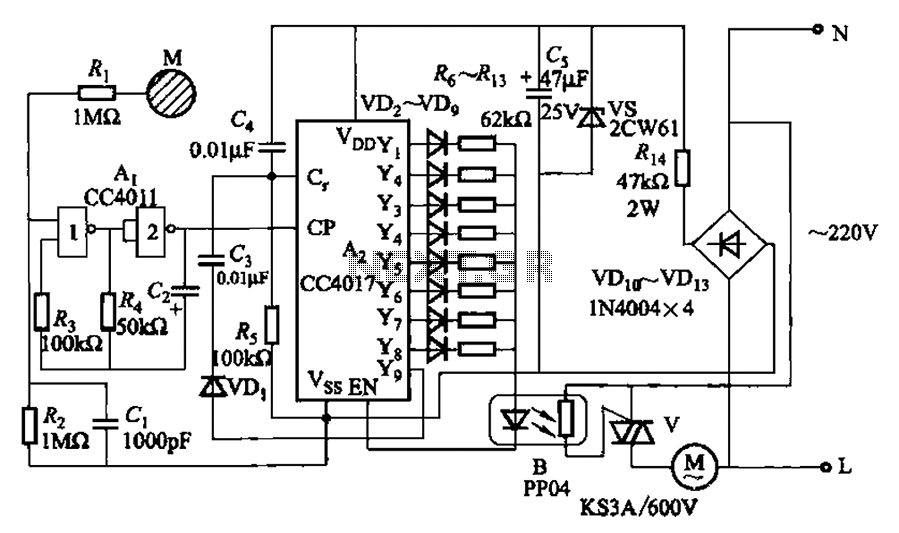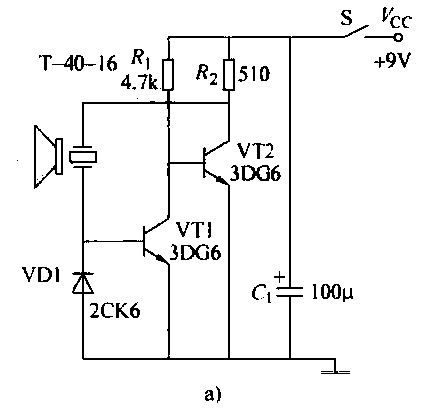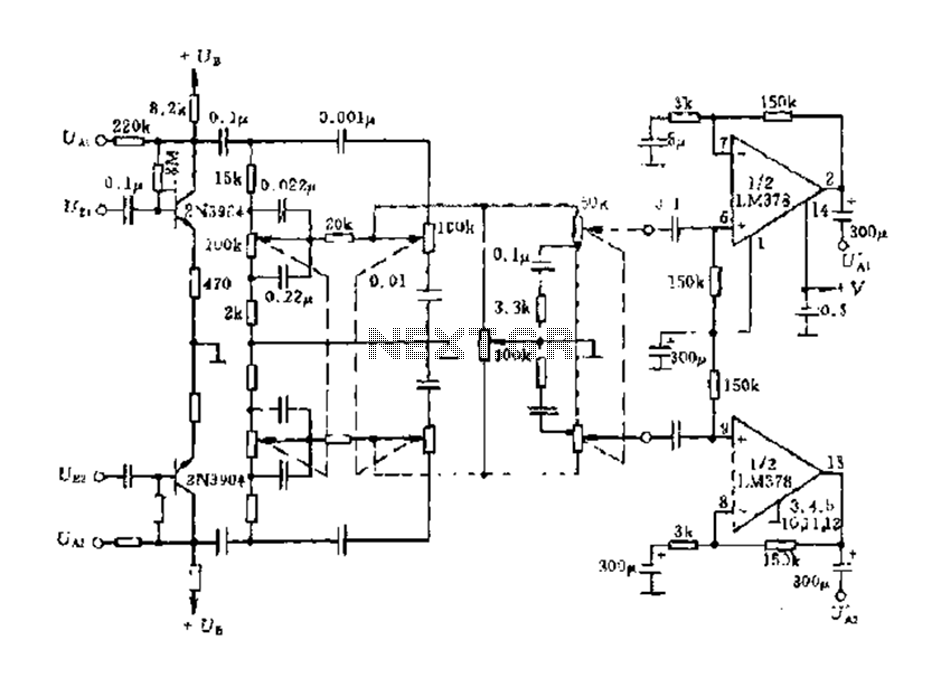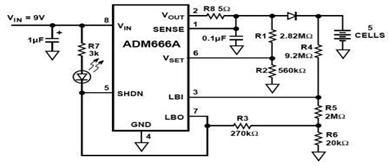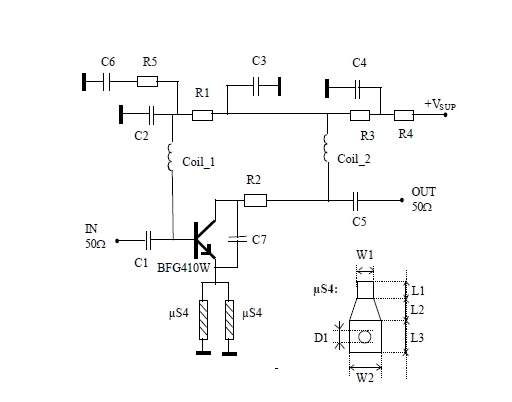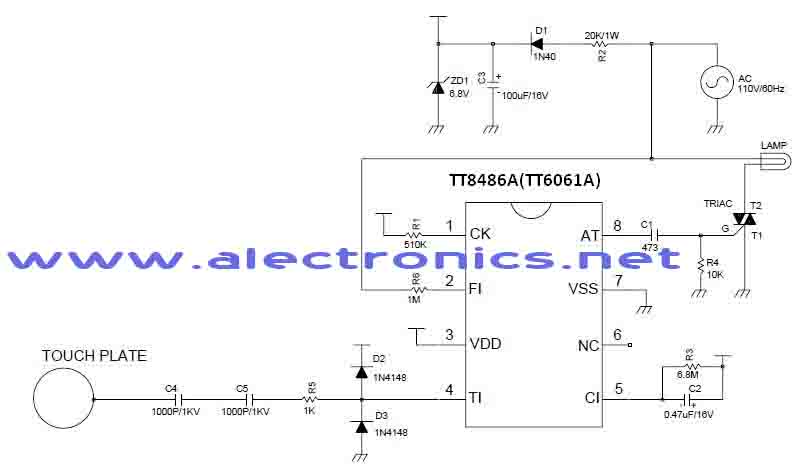
transistors LC circuit
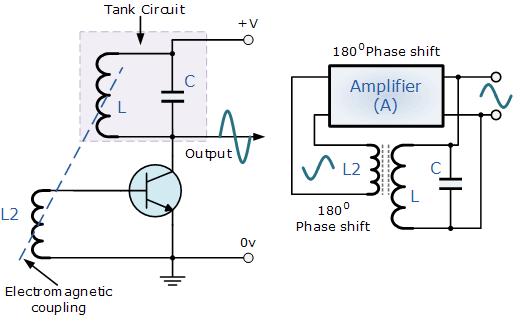
Build the LC oscillator shown at the bottom of this page for a school project, but there are some challenges in translating the theoretical circuit into a real-world application. The understanding of the circuit's operation on paper is clear. It consists of an LC resonant circuit that generates a specific output frequency. Due to energy loss in the circuit caused by discrepancies between theoretical components and actual components, a transistor is included to replenish energy. The transistor is activated by the coupled coil L2, where current is induced by coil L, which continuously switches the transistor. In some simulations, a transformer and a 470 µF capacitor were used, and the anticipated frequency is approximately 212 Hz. The question is how to identify the reasons for poor simulation results and what factors to consider when selecting a transistor for the circuit.
The described LC oscillator circuit operates based on the principles of resonance and feedback. An LC circuit consists of an inductor (L) and a capacitor (C) that are connected together, forming a resonant tank circuit. At resonance, the circuit will oscillate at its natural frequency, determined by the values of L and C. The output frequency (f) can be calculated using the formula:
f = 1 / (2π√(LC))
In this specific case, the expected frequency is around 212 Hz, which can be verified by rearranging the formula to find the required inductance or capacitance values if one is known.
The transistor in the circuit serves as an active component that compensates for energy losses inherent in real components. When the circuit oscillates, the energy stored in the inductor and capacitor dissipates due to resistive losses. The transistor, controlled by the feedback from coil L2, acts as a switch that periodically injects energy back into the circuit, sustaining the oscillation.
To ensure proper operation, it is crucial to select a transistor that can handle the required current and voltage ratings. Factors to consider include the transistor's gain (β), frequency response, and switching speed. The gain of the transistor should be sufficient to amplify the signal from the coupled coil L2. Additionally, the maximum collector current and collector-emitter voltage ratings must exceed the circuit's operational requirements to prevent damage.
When troubleshooting simulation discrepancies, it is advisable to check the following:
1. Component Values: Ensure that the inductor and capacitor values used in the simulation match those in the physical circuit.
2. Parasitic Elements: Real-world components possess parasitic capacitance and inductance that can affect performance. These should be included in simulation models.
3. Transistor Parameters: Verify that the transistor model used in the simulation accurately reflects the characteristics of the physical component.
4. Power Supply: Ensure that the power supply voltage is stable and within the operational range of the transistor.
By addressing these factors, it becomes possible to improve the simulation results and ensure that the LC oscillator functions as intended in practical applications.Build the LC oscillator show on the bottom of this page for some school project and I`m having a bit of problems translating the theoretical circuit into a real-world one. I think I get how the circuit works on paper. We have a LC resonant circuit which will produce a certain output frequency. Because the energy in the circuit gets t ransferred out due to differences between theoretical components and real world components, the transistor is there to keep adding the energy into the circuit. The transistor is controlled by the coupled coil L2 in which we get current induced by the coil L which keeps switching the transistor In some simulations I used that transformer and a $ 470 mu F$ capacitor (I just happen to have one in my drawer) and the expected frequency should be around 212 Hz.
Here`s my question: How do I figure out why this doesn`t simulate well and how do I determine what I need to look for when picking a transistor for the circuit 🔗 External reference
The described LC oscillator circuit operates based on the principles of resonance and feedback. An LC circuit consists of an inductor (L) and a capacitor (C) that are connected together, forming a resonant tank circuit. At resonance, the circuit will oscillate at its natural frequency, determined by the values of L and C. The output frequency (f) can be calculated using the formula:
f = 1 / (2π√(LC))
In this specific case, the expected frequency is around 212 Hz, which can be verified by rearranging the formula to find the required inductance or capacitance values if one is known.
The transistor in the circuit serves as an active component that compensates for energy losses inherent in real components. When the circuit oscillates, the energy stored in the inductor and capacitor dissipates due to resistive losses. The transistor, controlled by the feedback from coil L2, acts as a switch that periodically injects energy back into the circuit, sustaining the oscillation.
To ensure proper operation, it is crucial to select a transistor that can handle the required current and voltage ratings. Factors to consider include the transistor's gain (β), frequency response, and switching speed. The gain of the transistor should be sufficient to amplify the signal from the coupled coil L2. Additionally, the maximum collector current and collector-emitter voltage ratings must exceed the circuit's operational requirements to prevent damage.
When troubleshooting simulation discrepancies, it is advisable to check the following:
1. Component Values: Ensure that the inductor and capacitor values used in the simulation match those in the physical circuit.
2. Parasitic Elements: Real-world components possess parasitic capacitance and inductance that can affect performance. These should be included in simulation models.
3. Transistor Parameters: Verify that the transistor model used in the simulation accurately reflects the characteristics of the physical component.
4. Power Supply: Ensure that the power supply voltage is stable and within the operational range of the transistor.
By addressing these factors, it becomes possible to improve the simulation results and ensure that the LC oscillator functions as intended in practical applications.Build the LC oscillator show on the bottom of this page for some school project and I`m having a bit of problems translating the theoretical circuit into a real-world one. I think I get how the circuit works on paper. We have a LC resonant circuit which will produce a certain output frequency. Because the energy in the circuit gets t ransferred out due to differences between theoretical components and real world components, the transistor is there to keep adding the energy into the circuit. The transistor is controlled by the coupled coil L2 in which we get current induced by the coil L which keeps switching the transistor In some simulations I used that transformer and a $ 470 mu F$ capacitor (I just happen to have one in my drawer) and the expected frequency should be around 212 Hz.
Here`s my question: How do I figure out why this doesn`t simulate well and how do I determine what I need to look for when picking a transistor for the circuit 🔗 External reference
